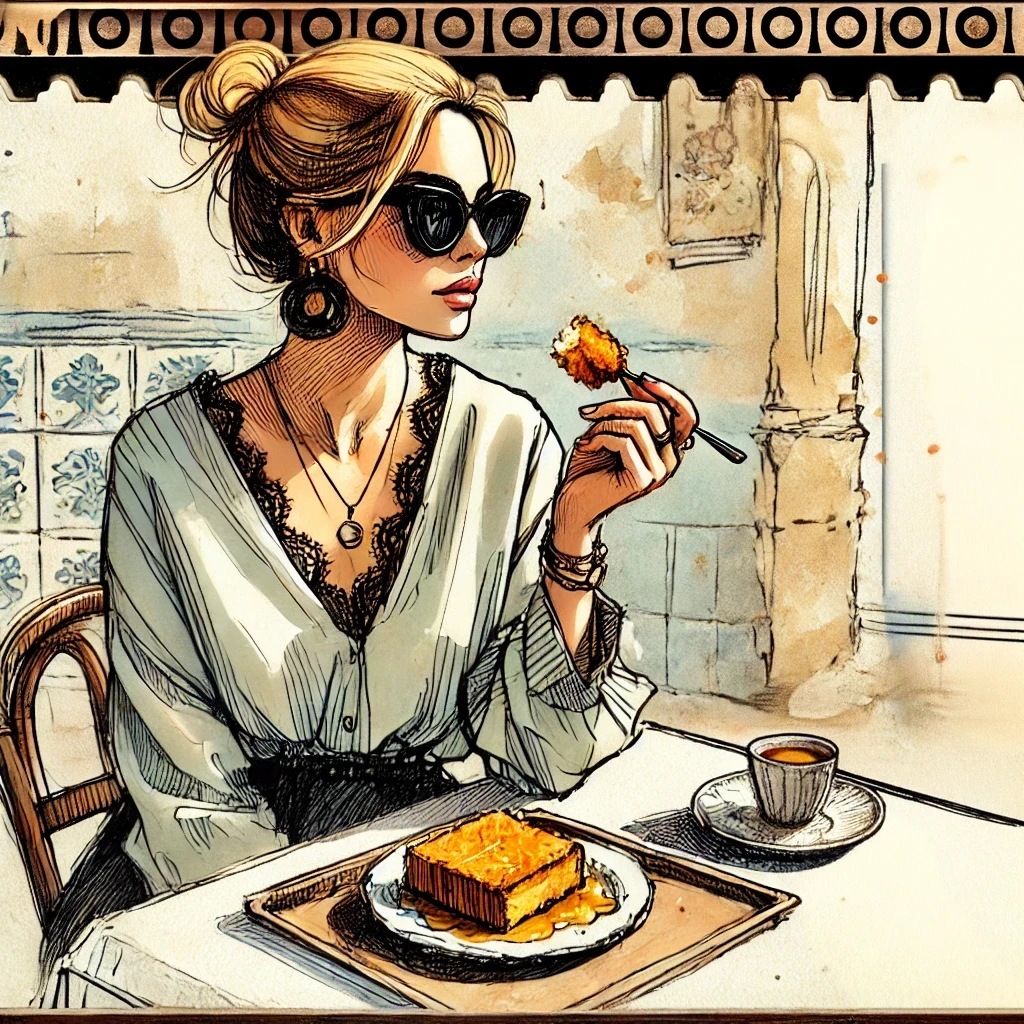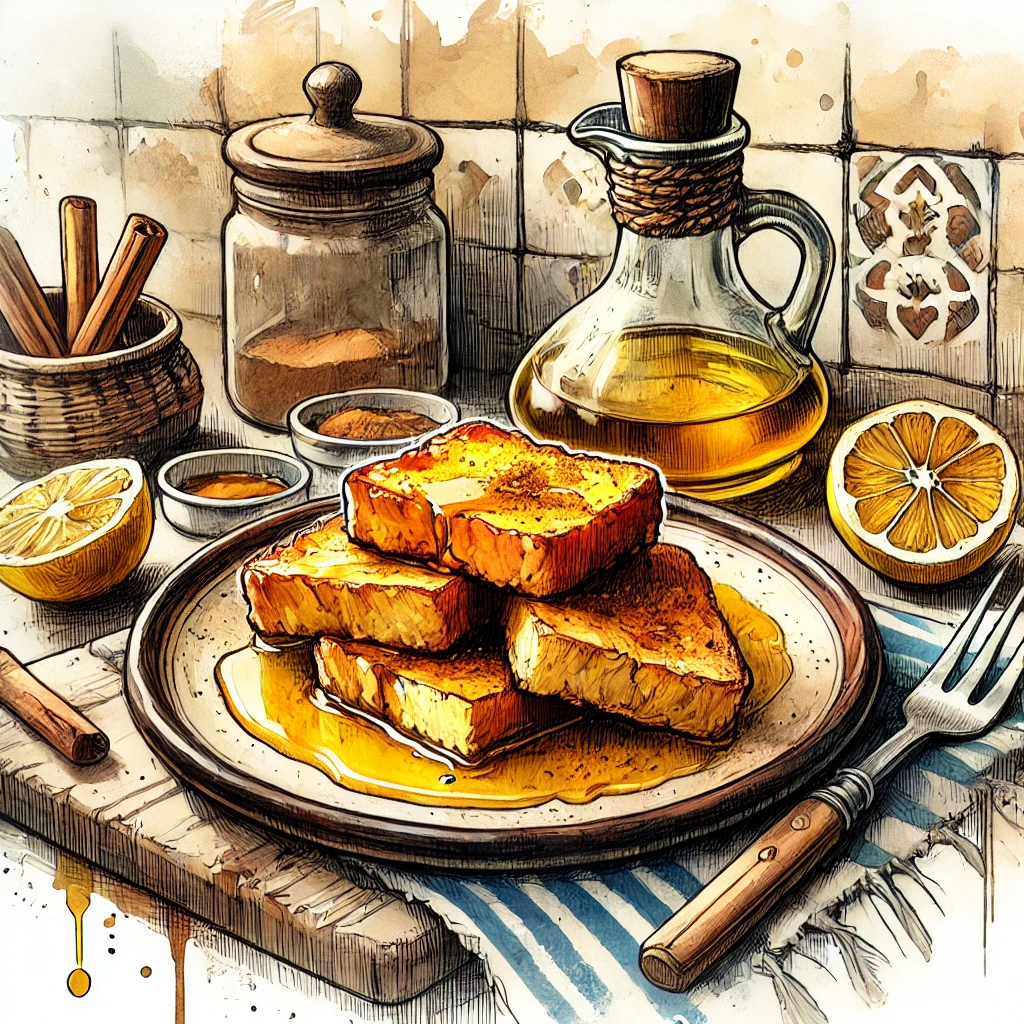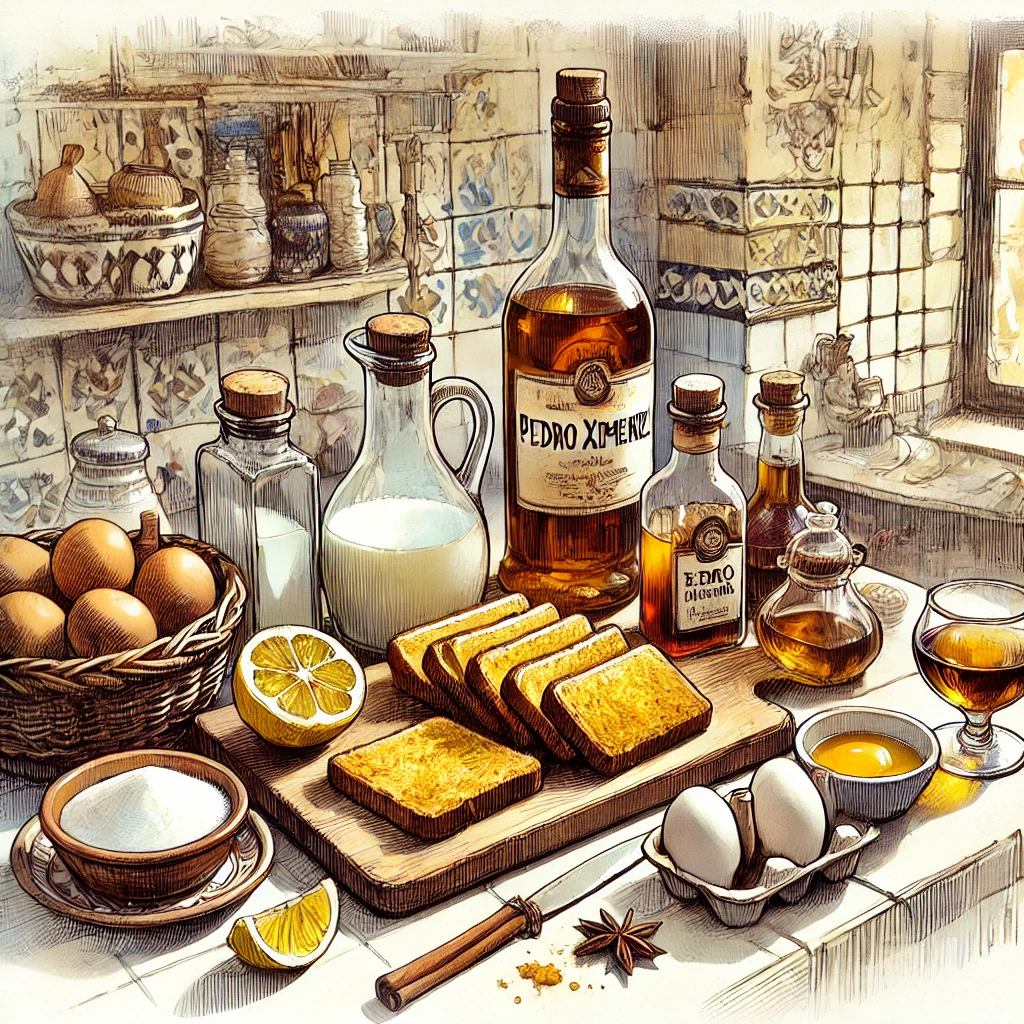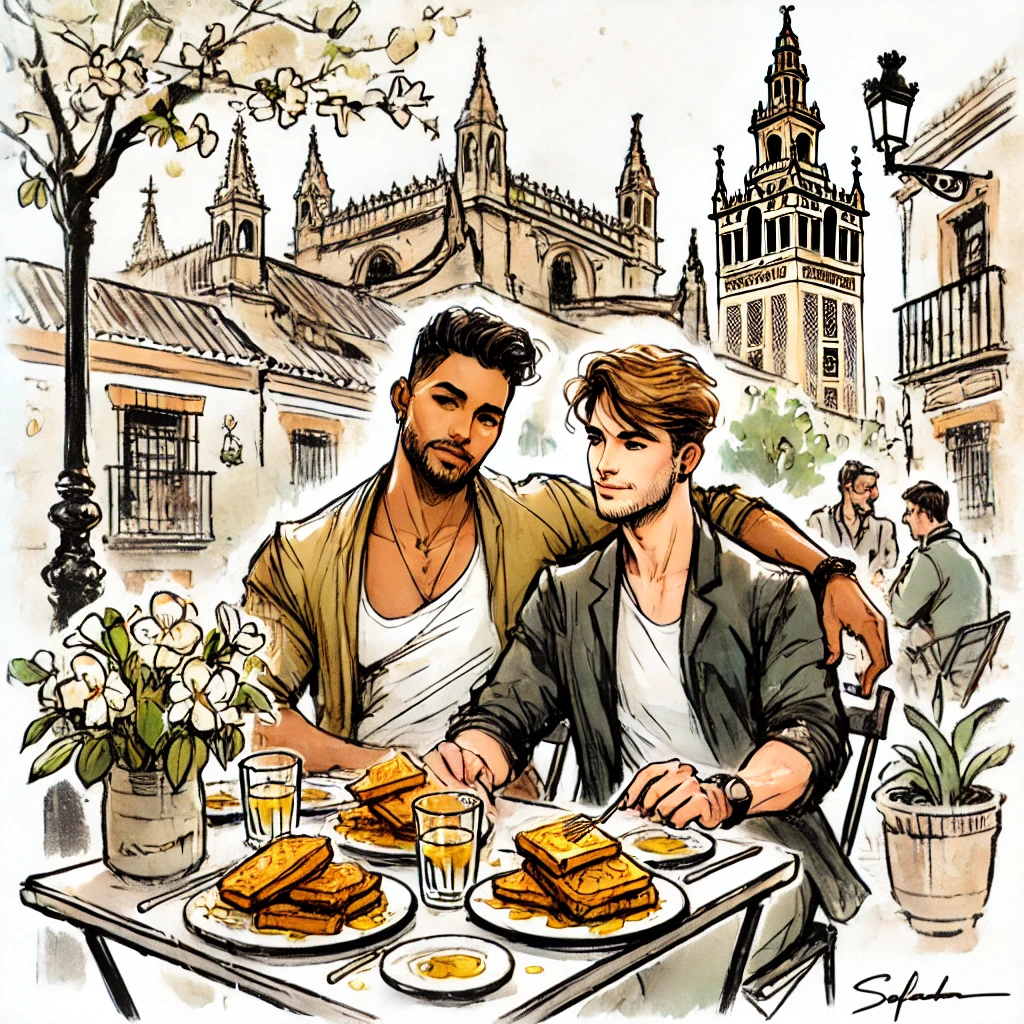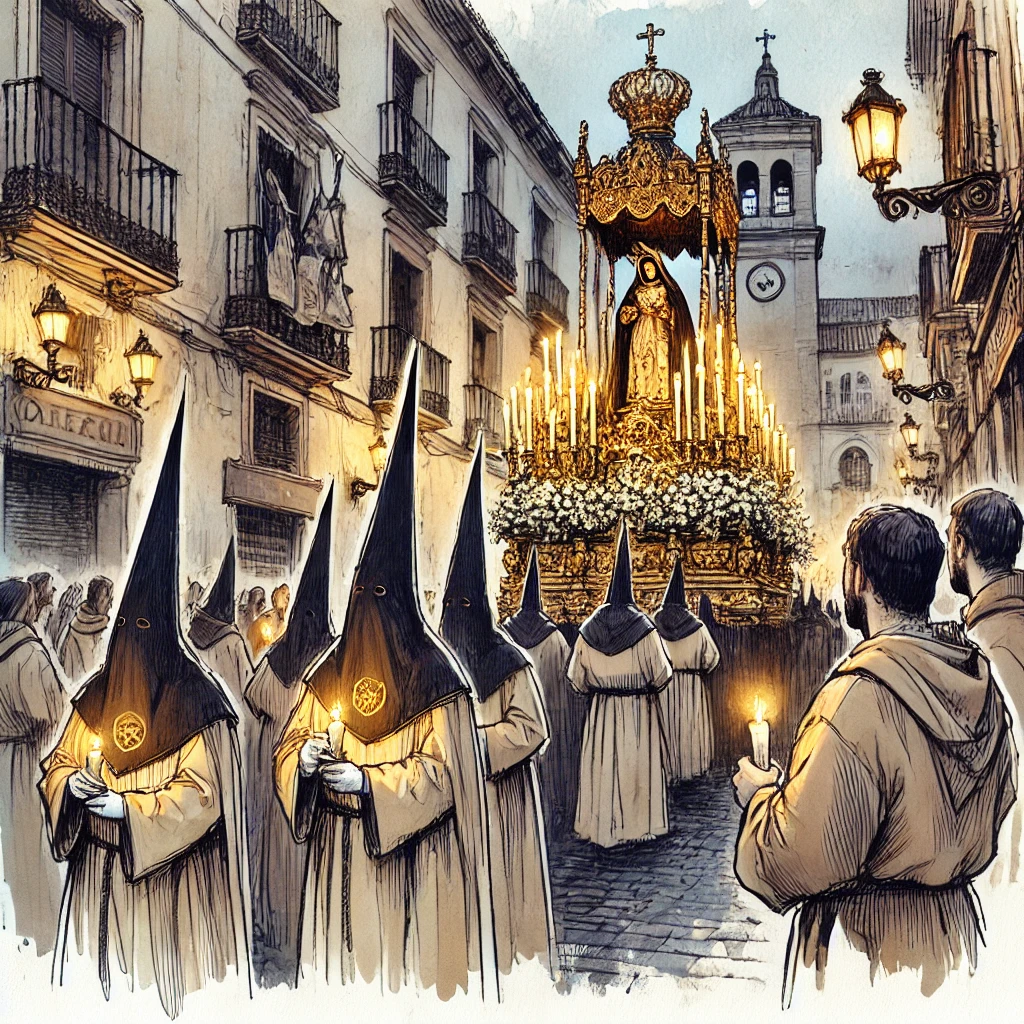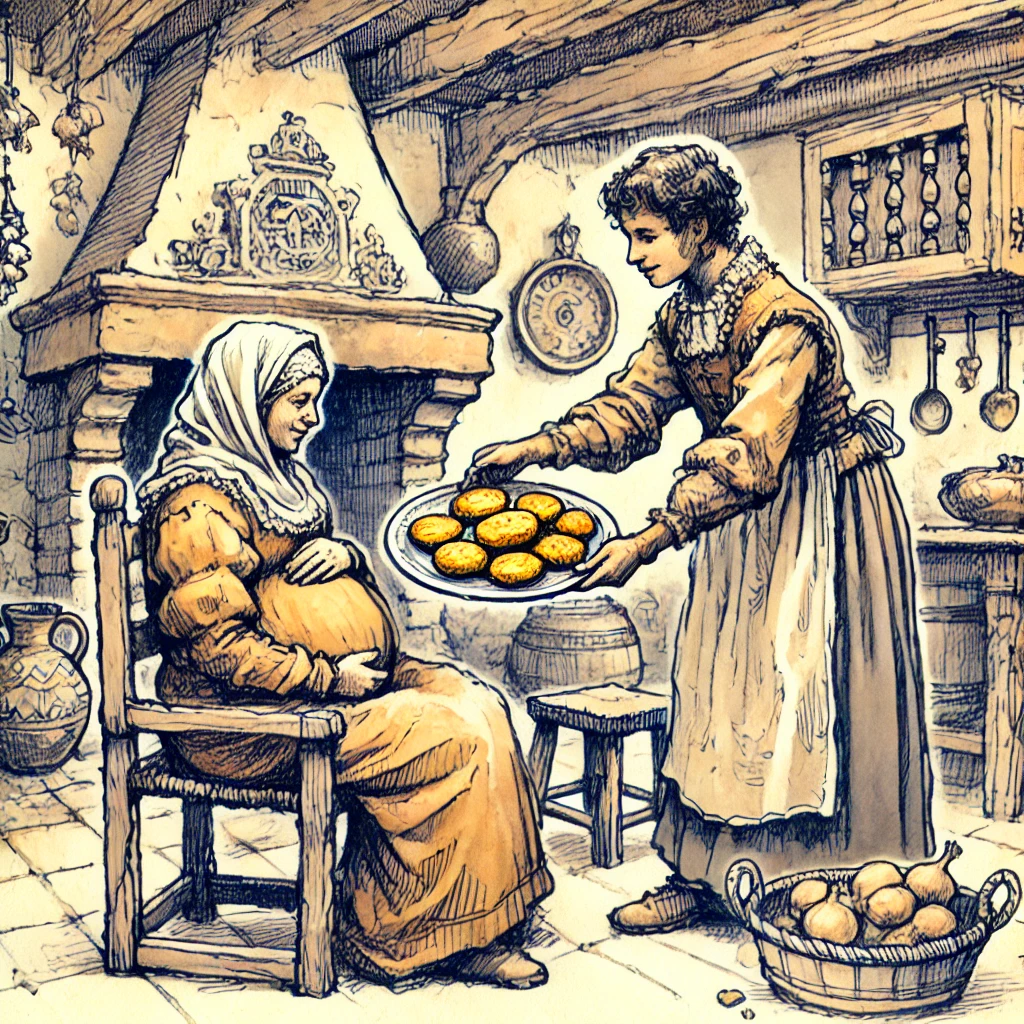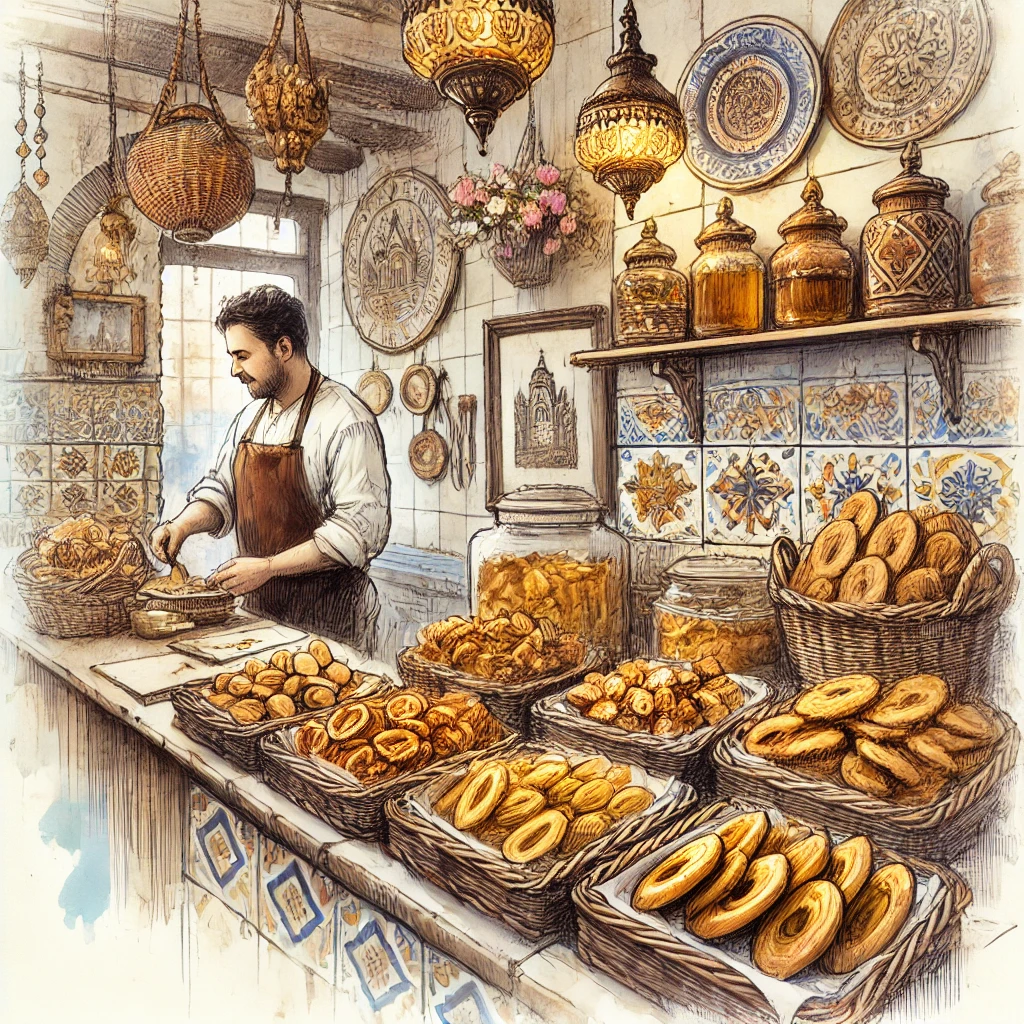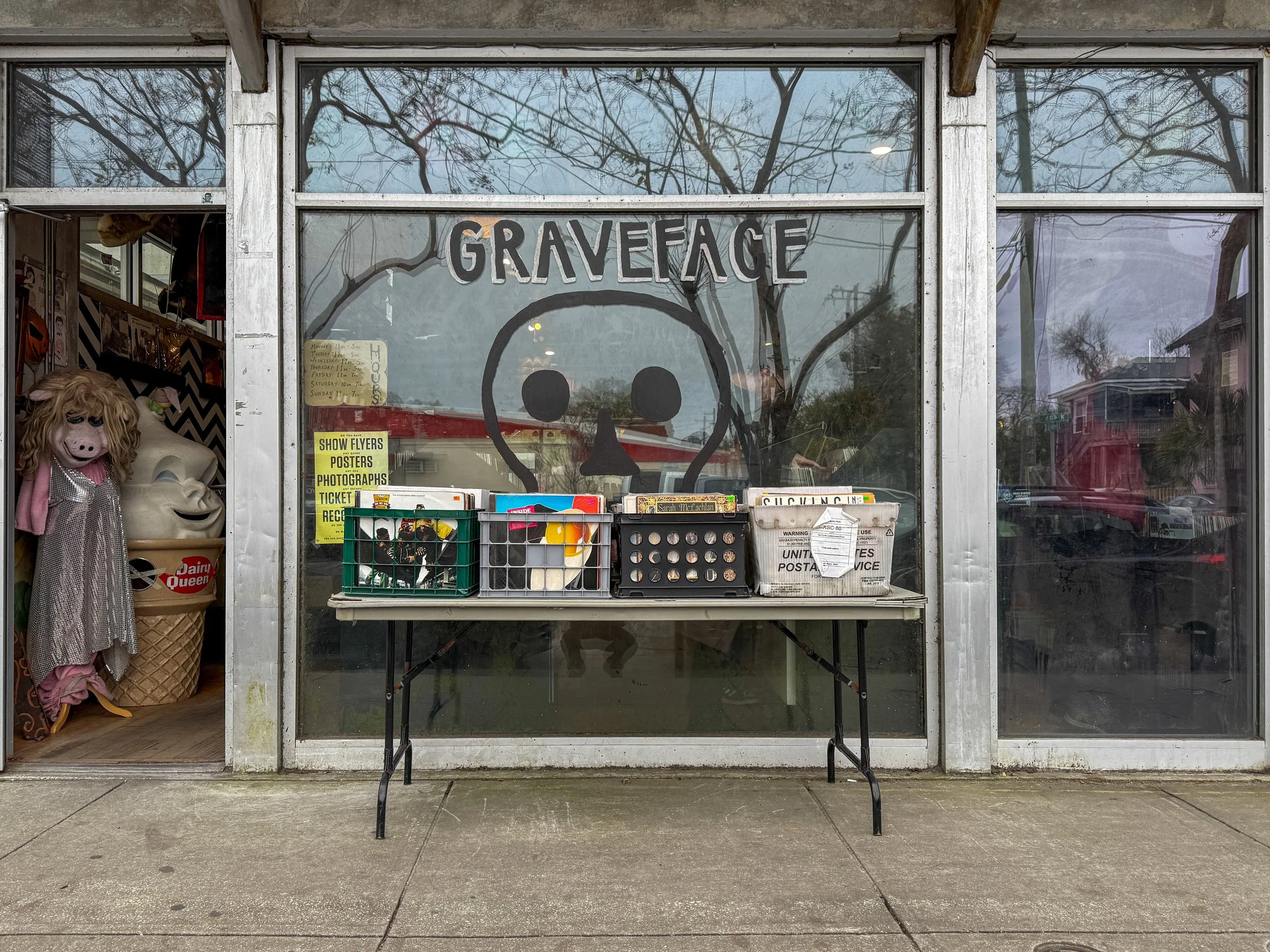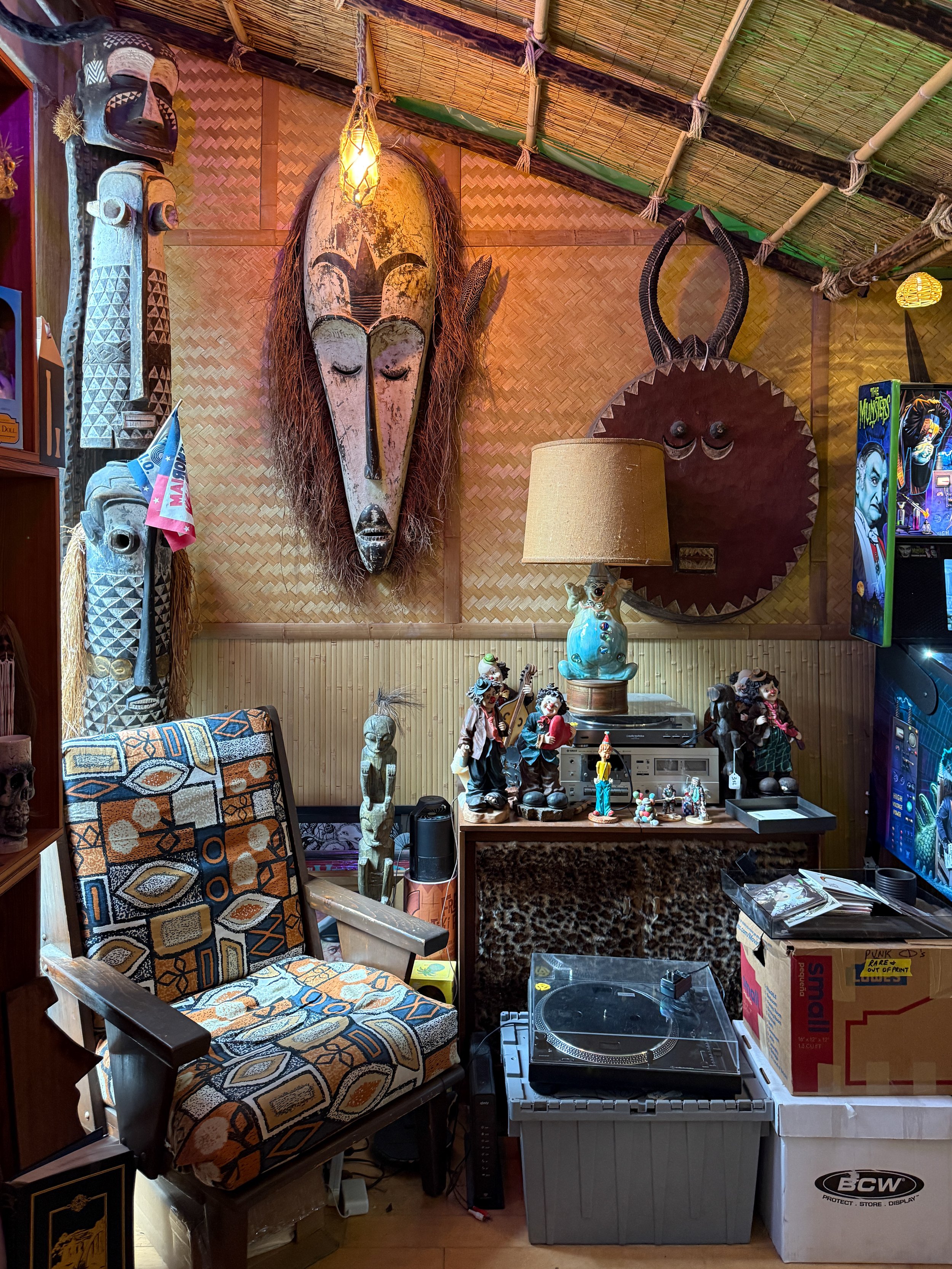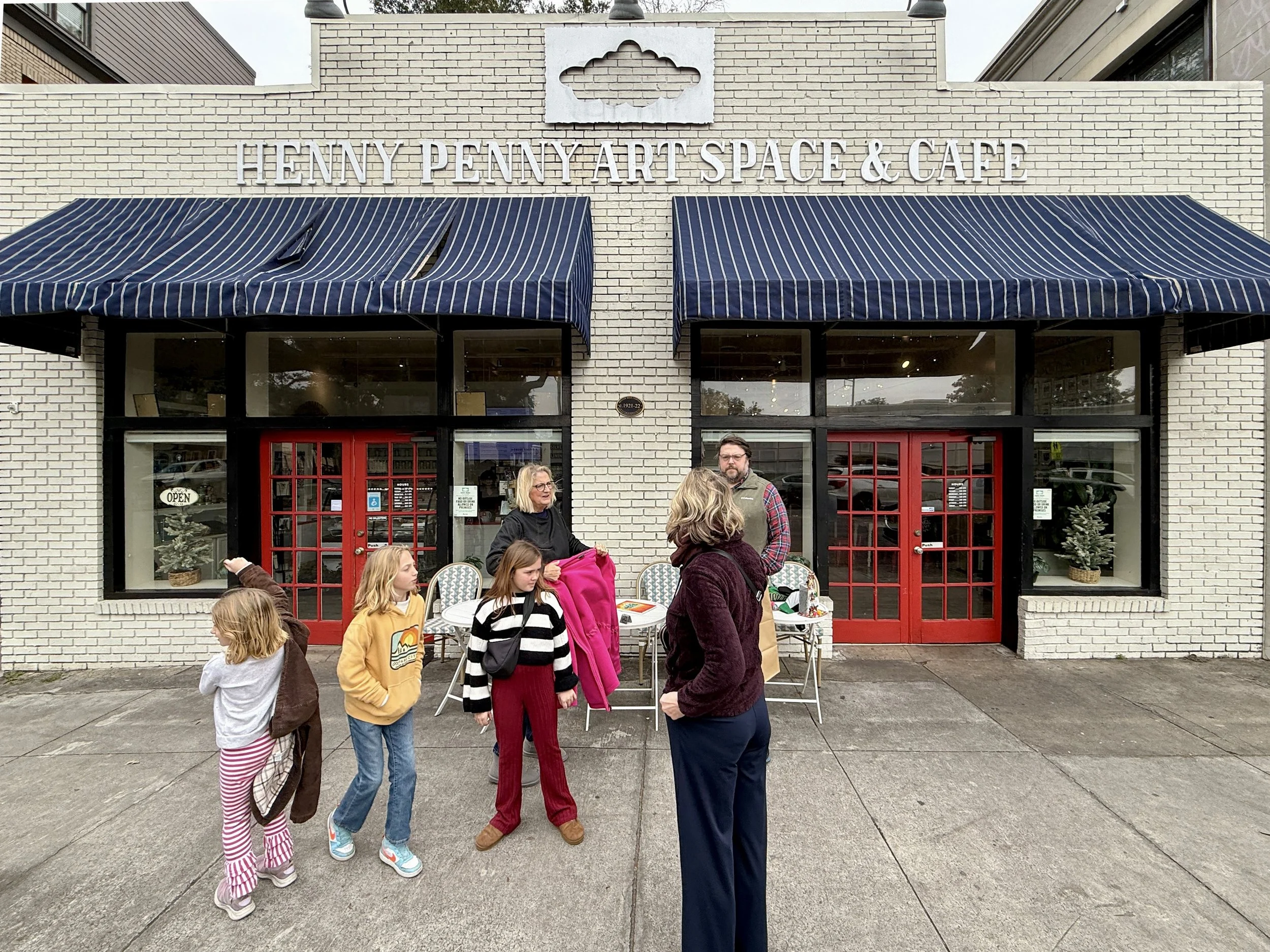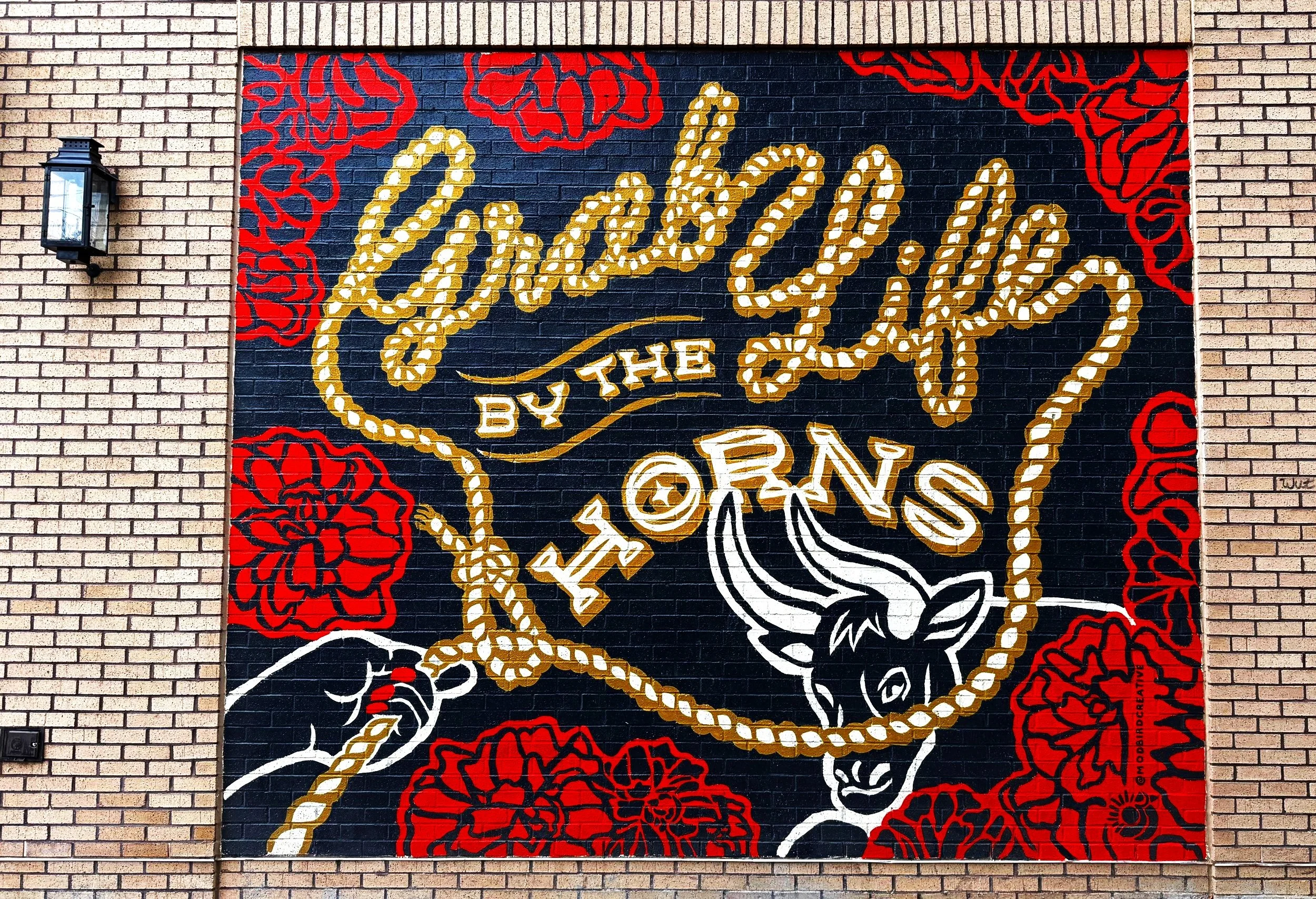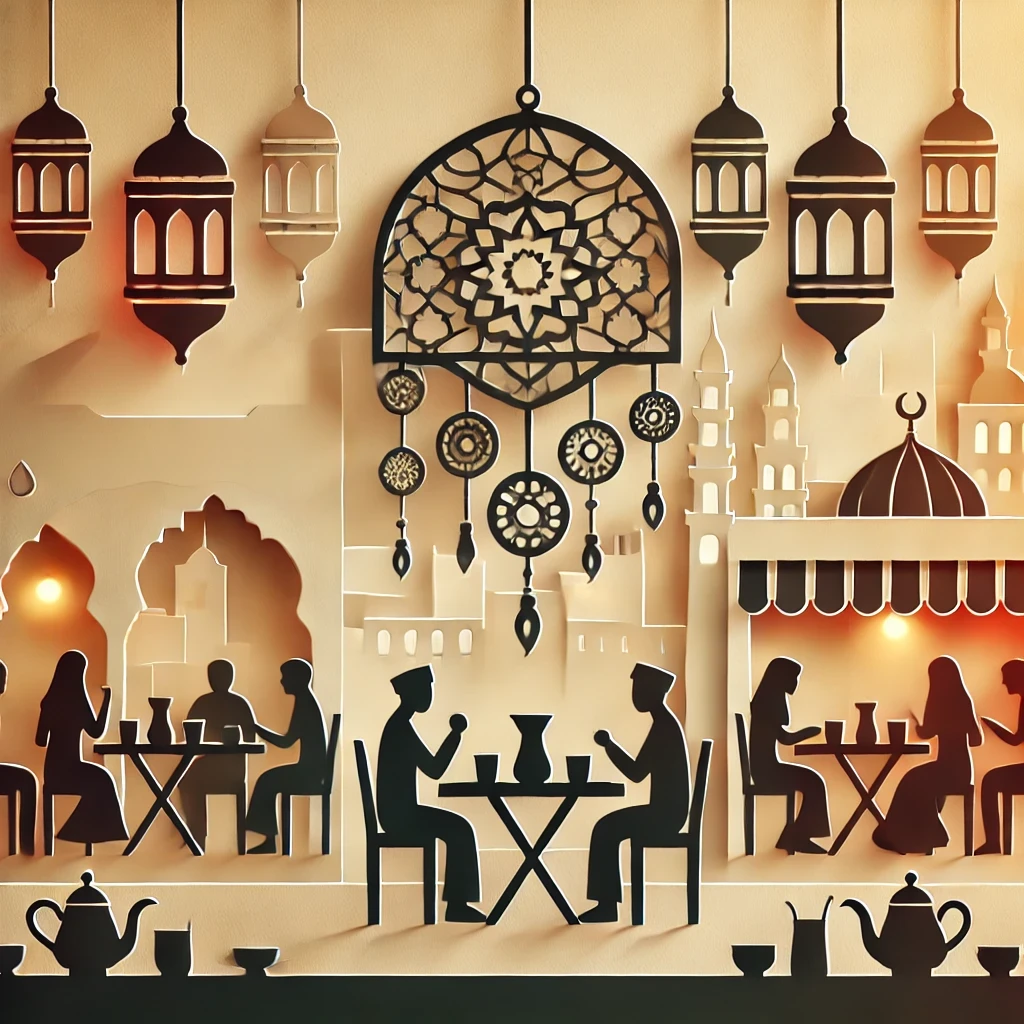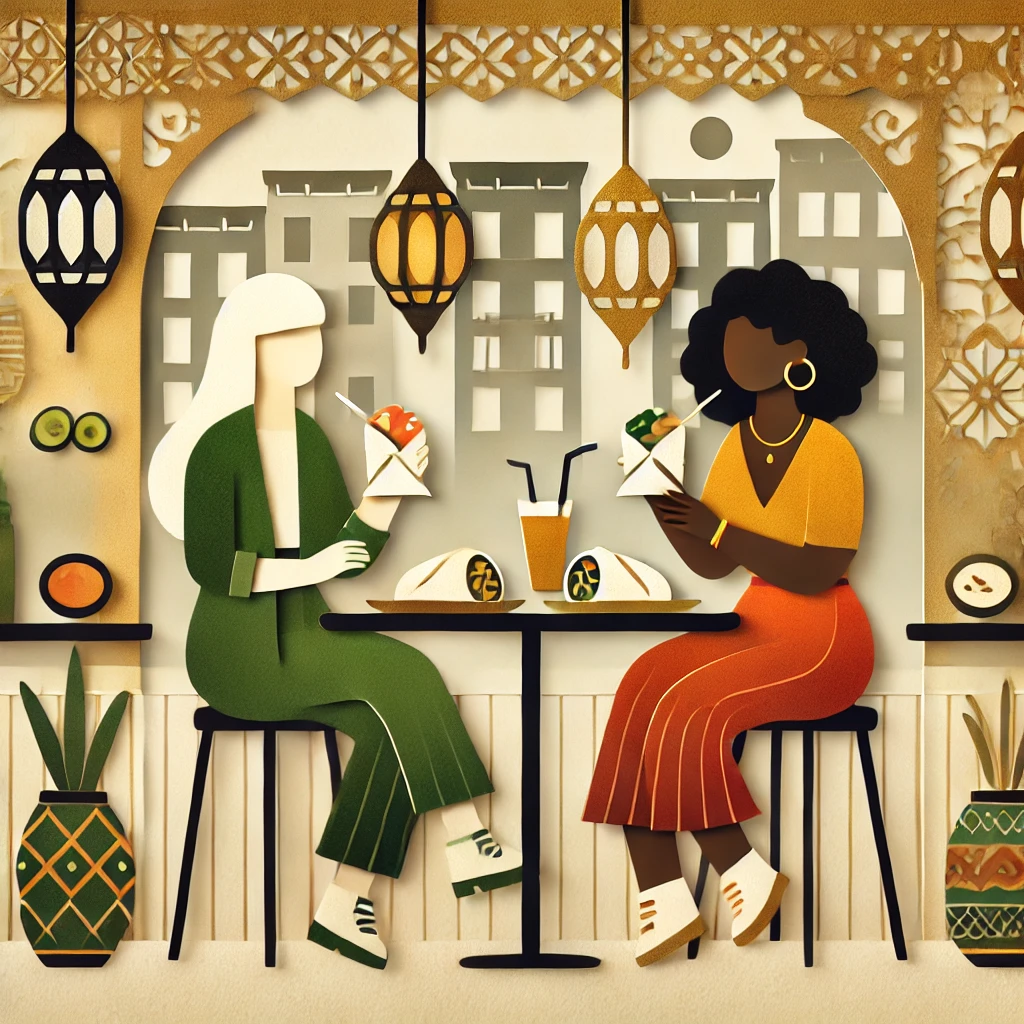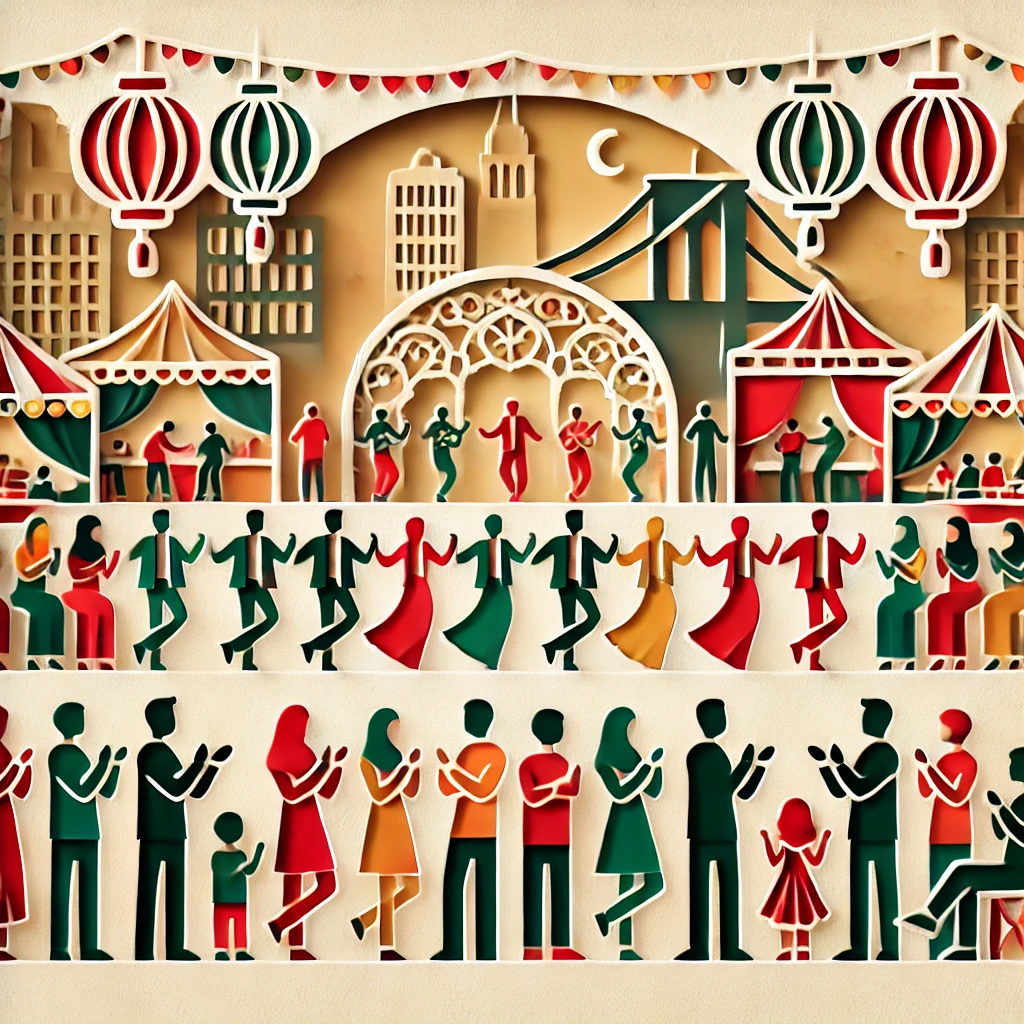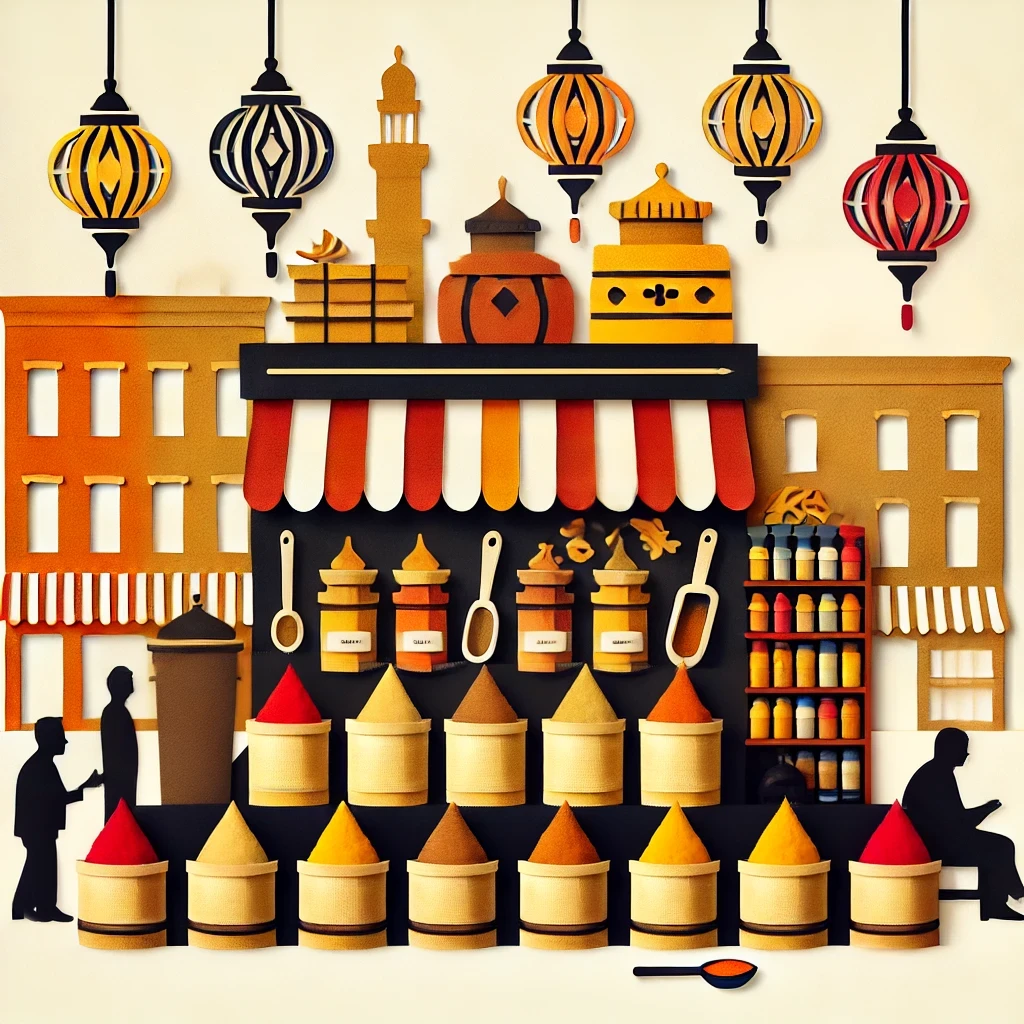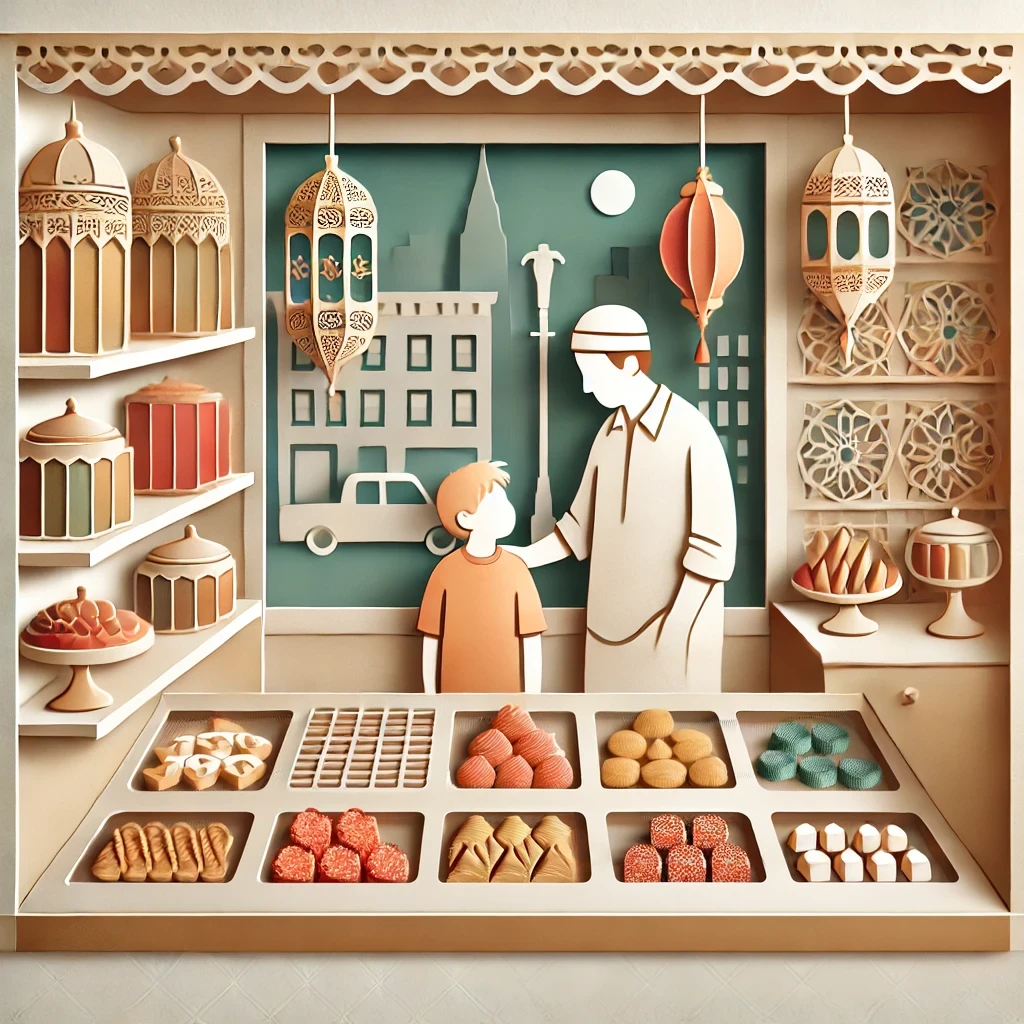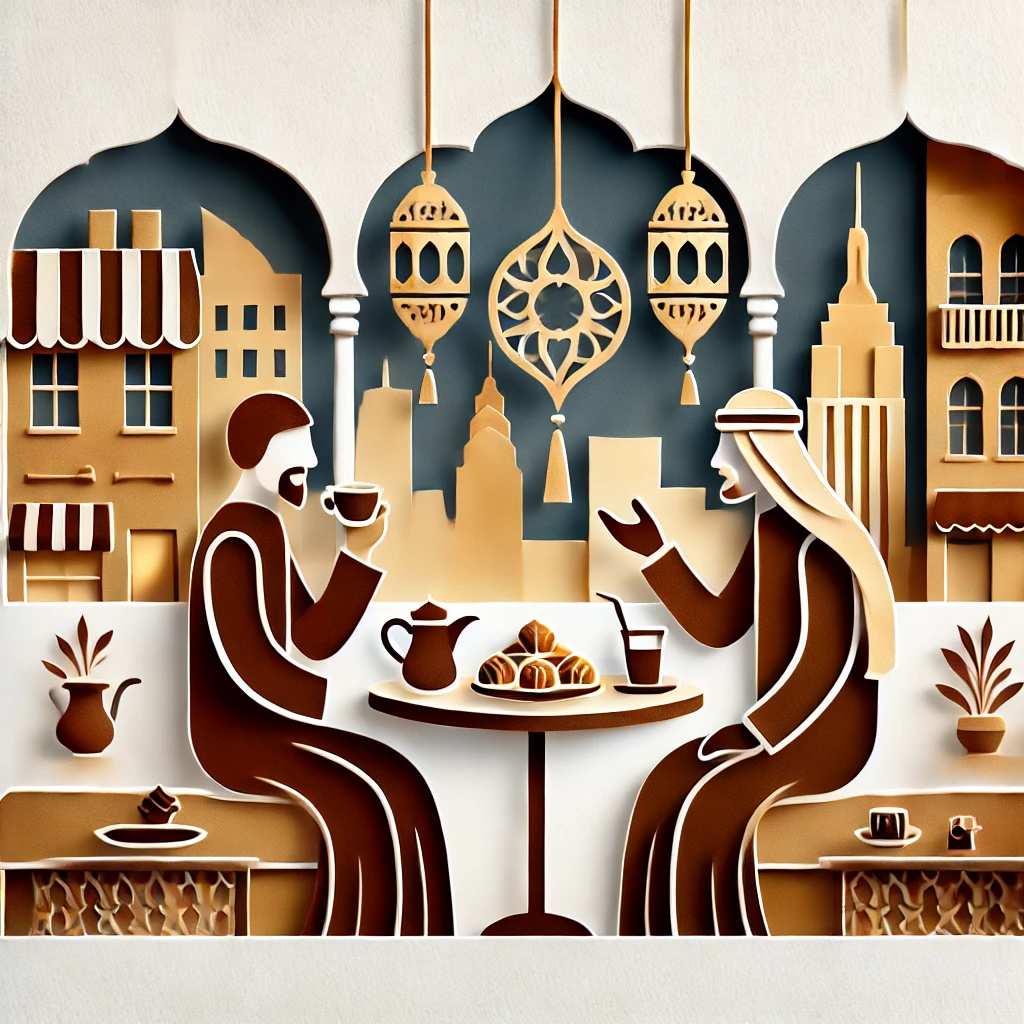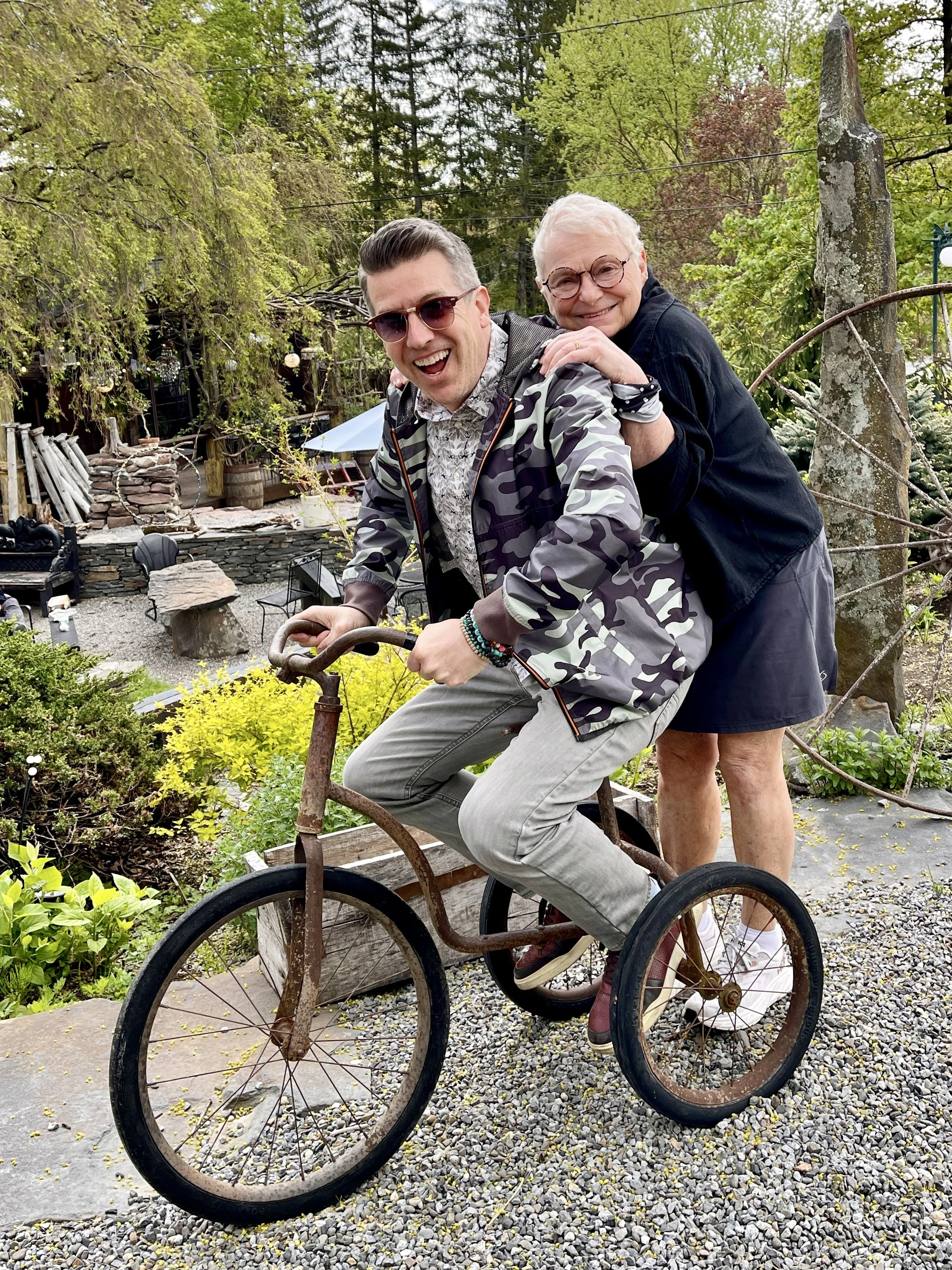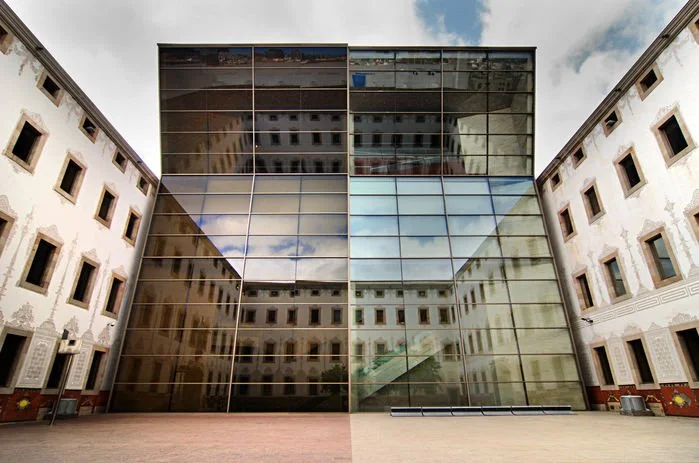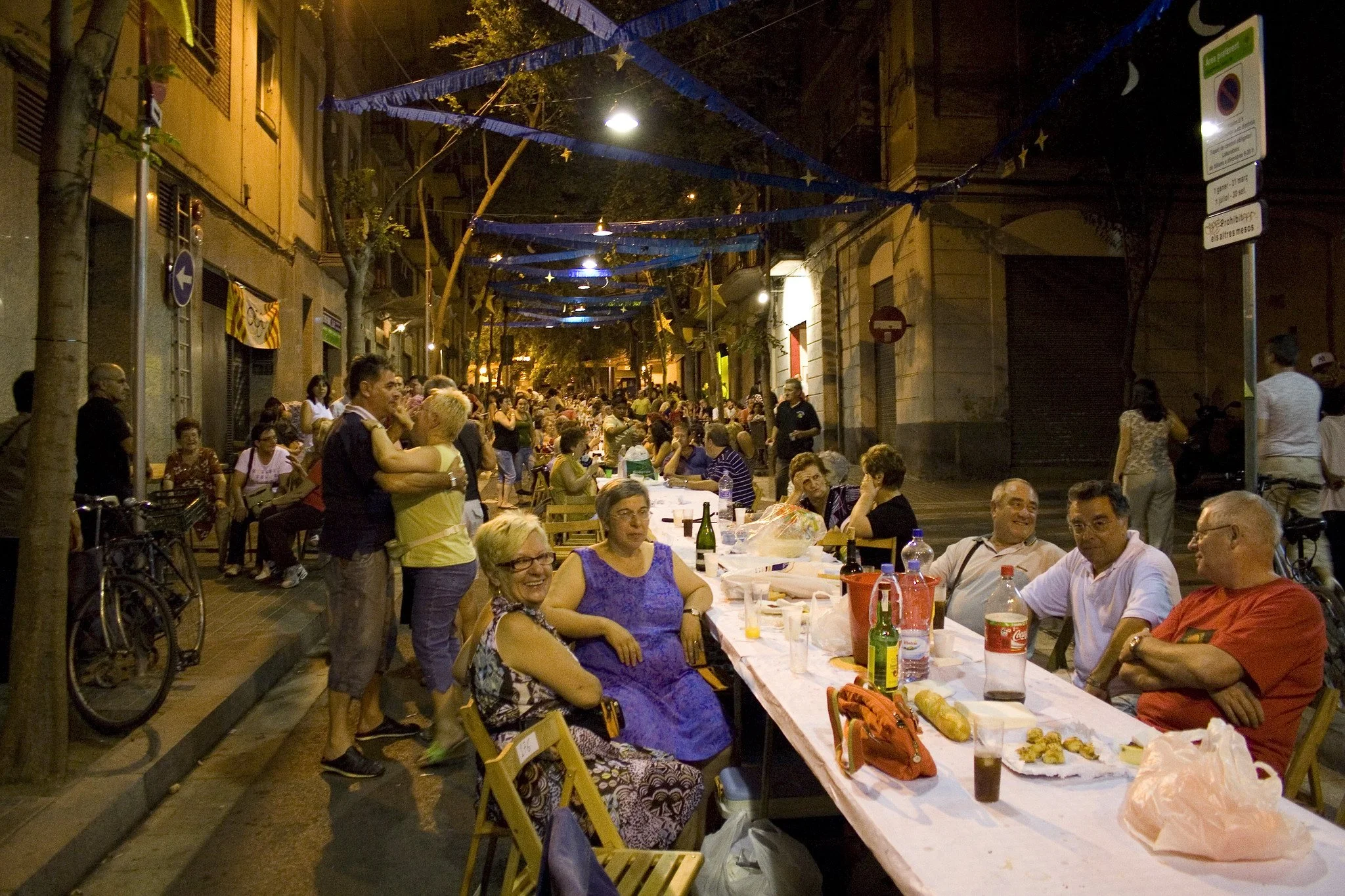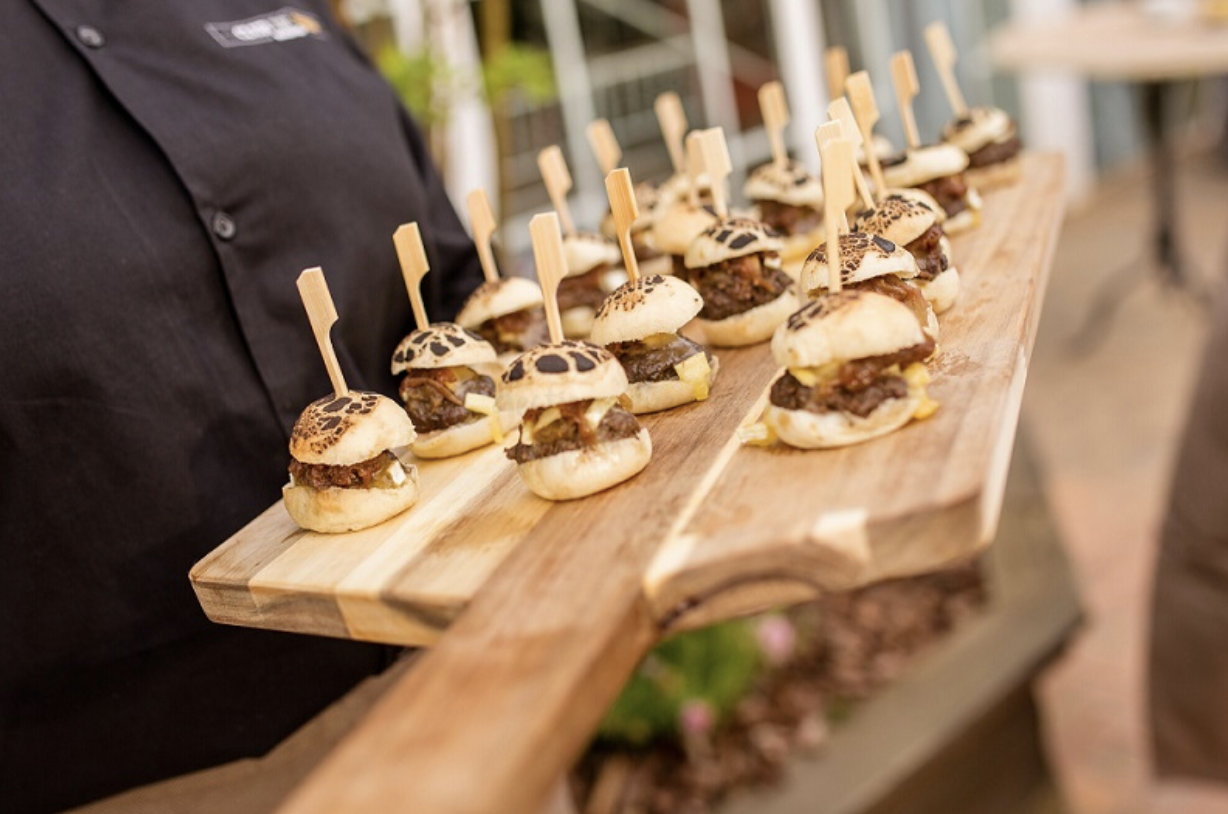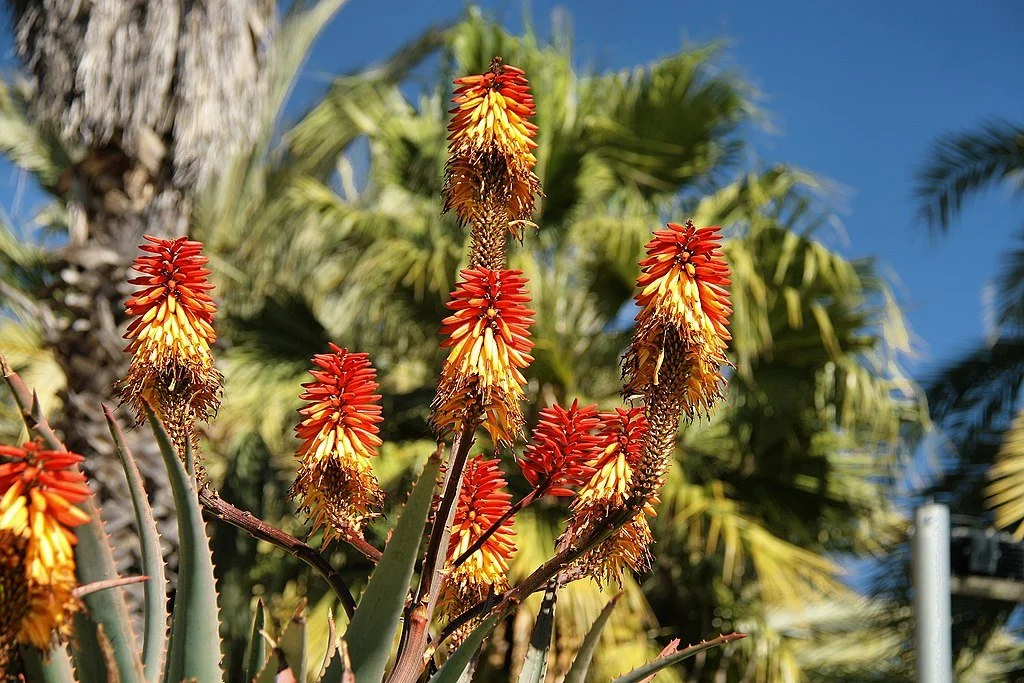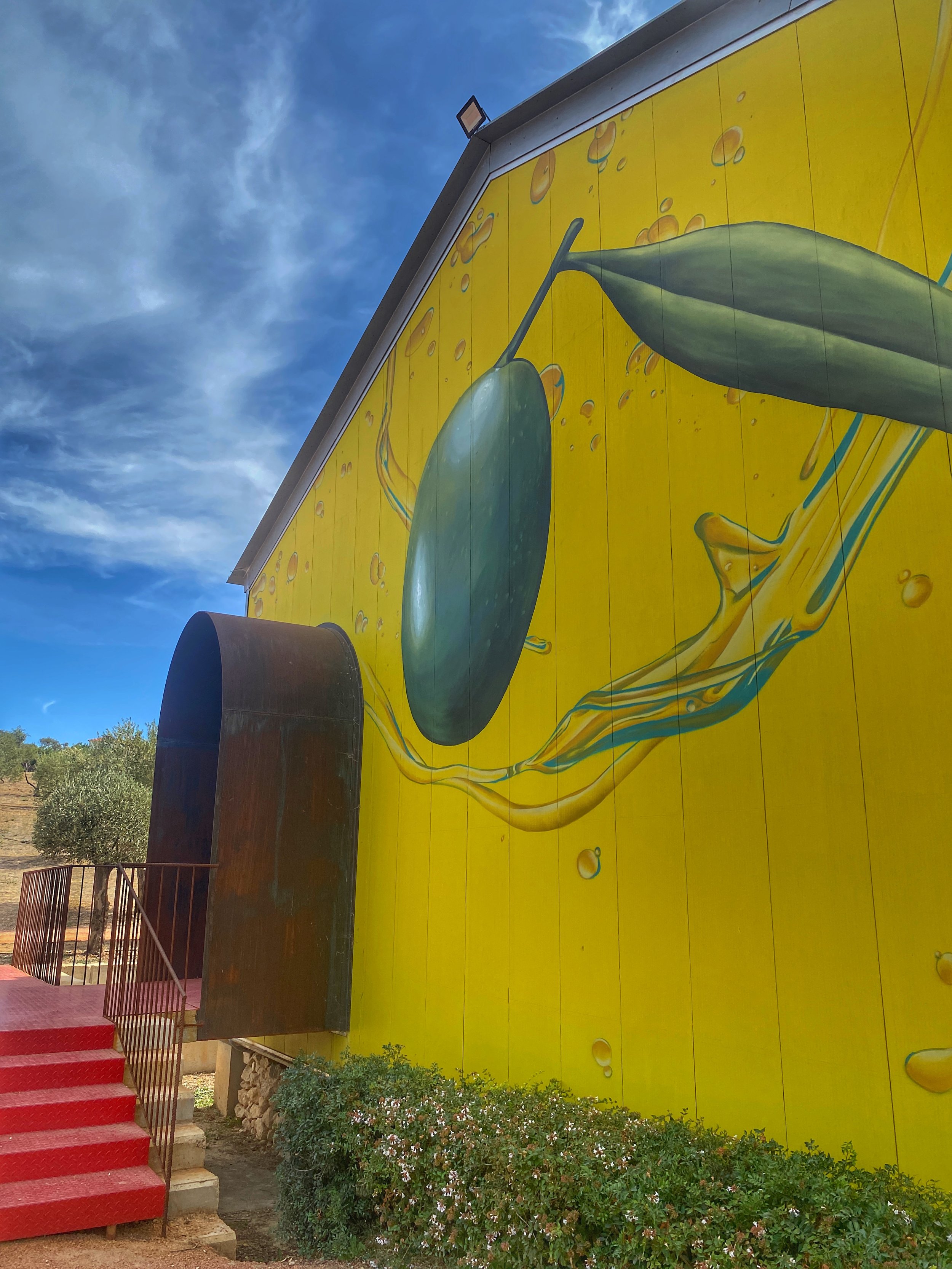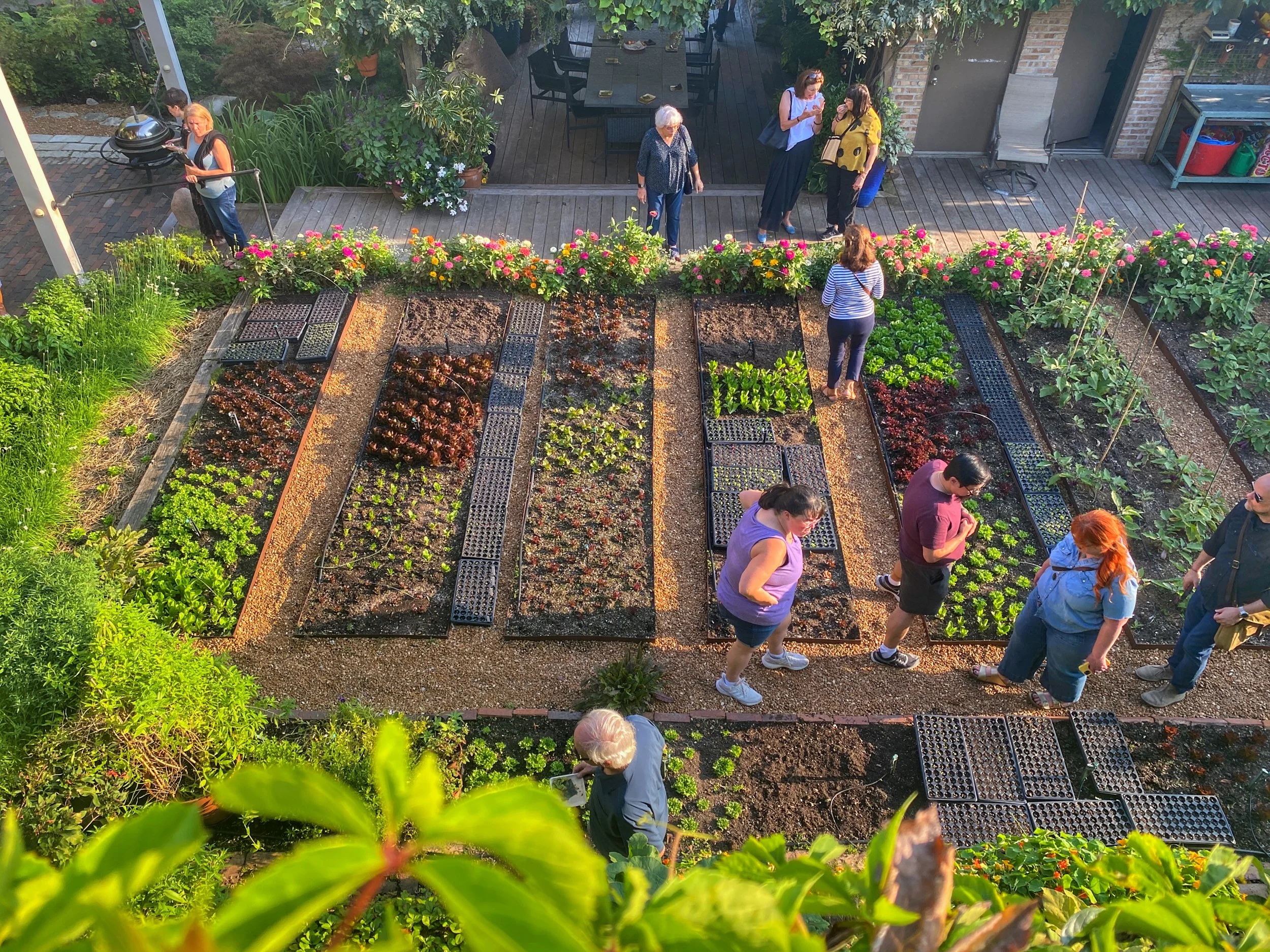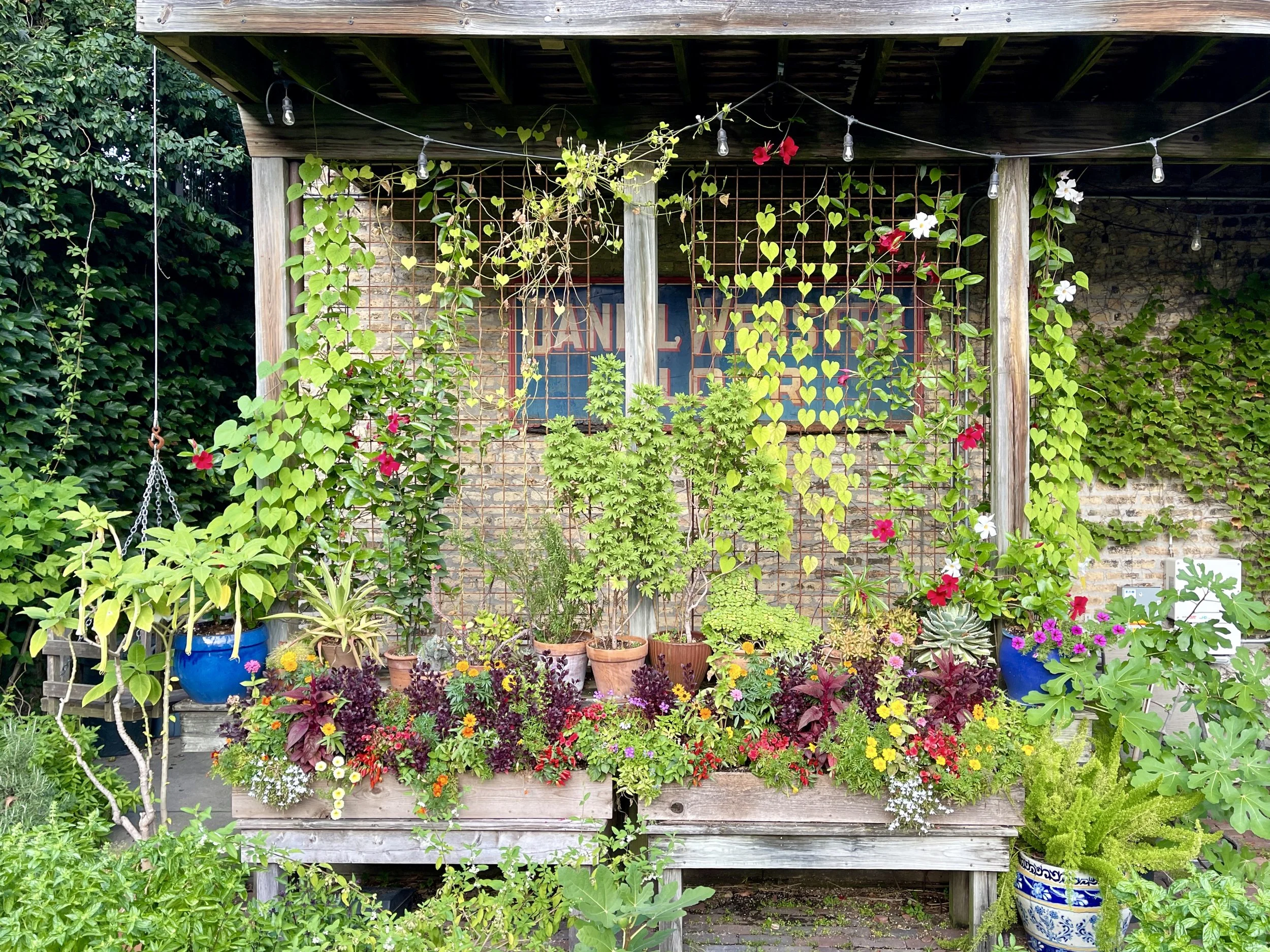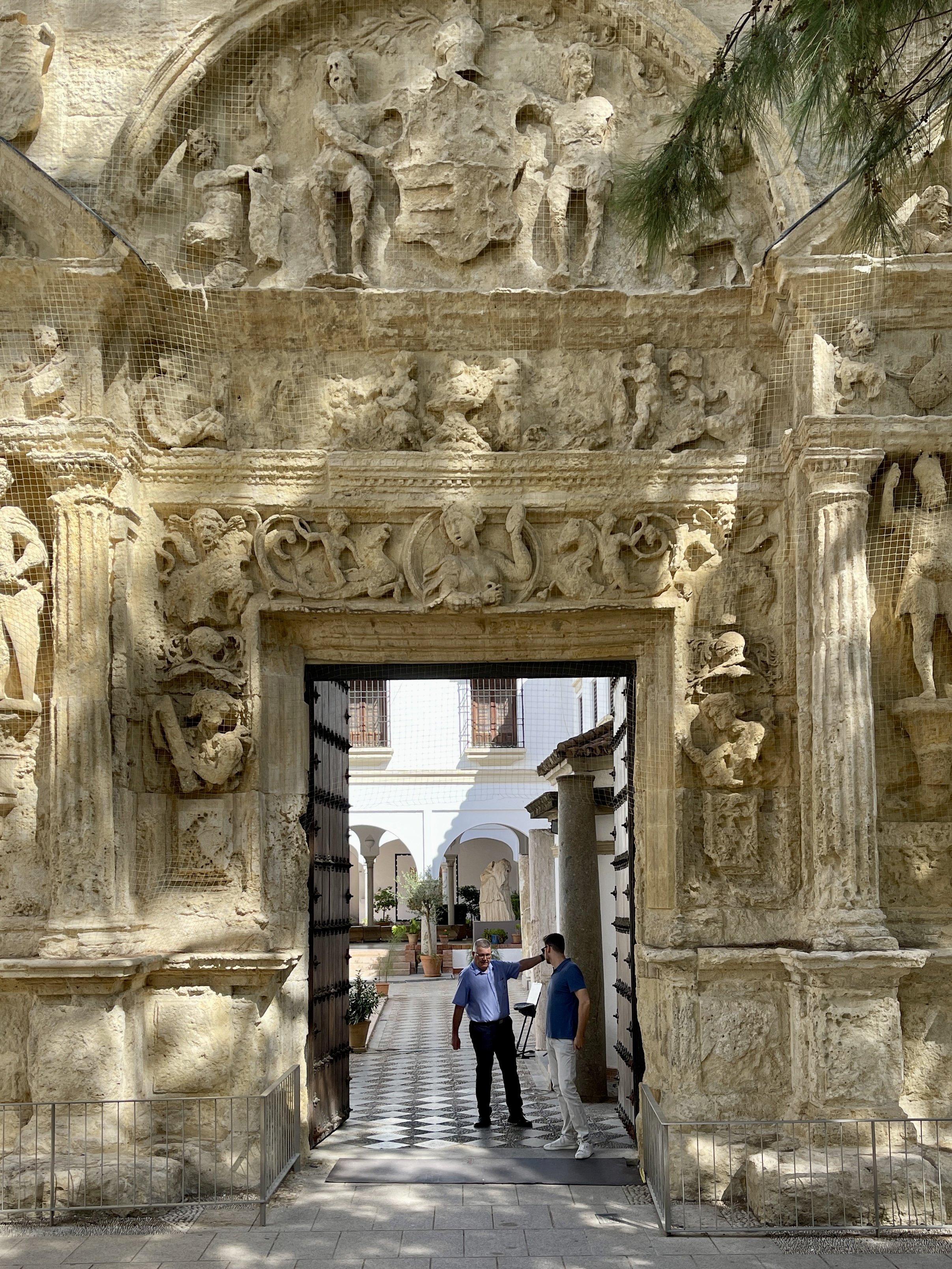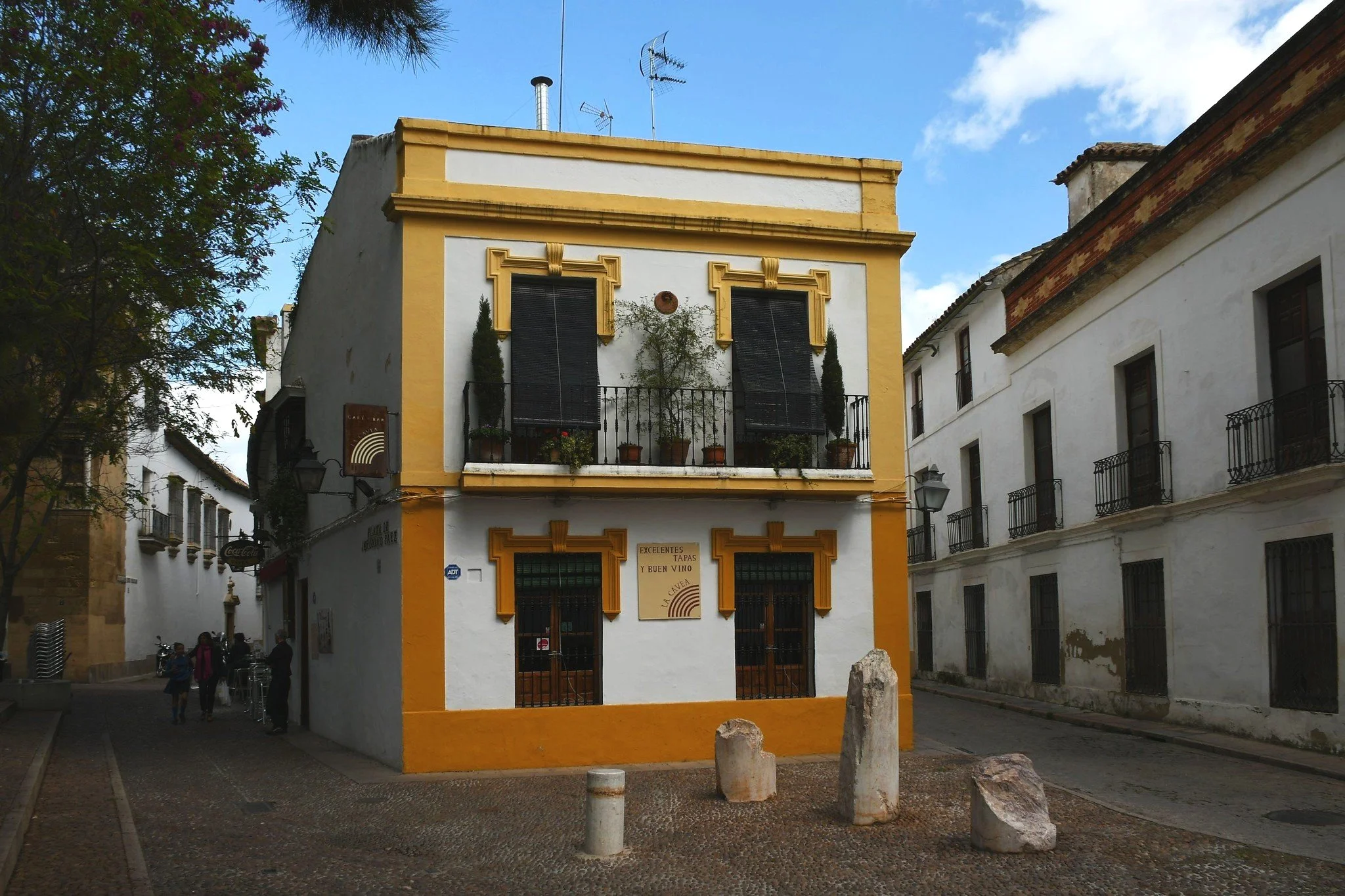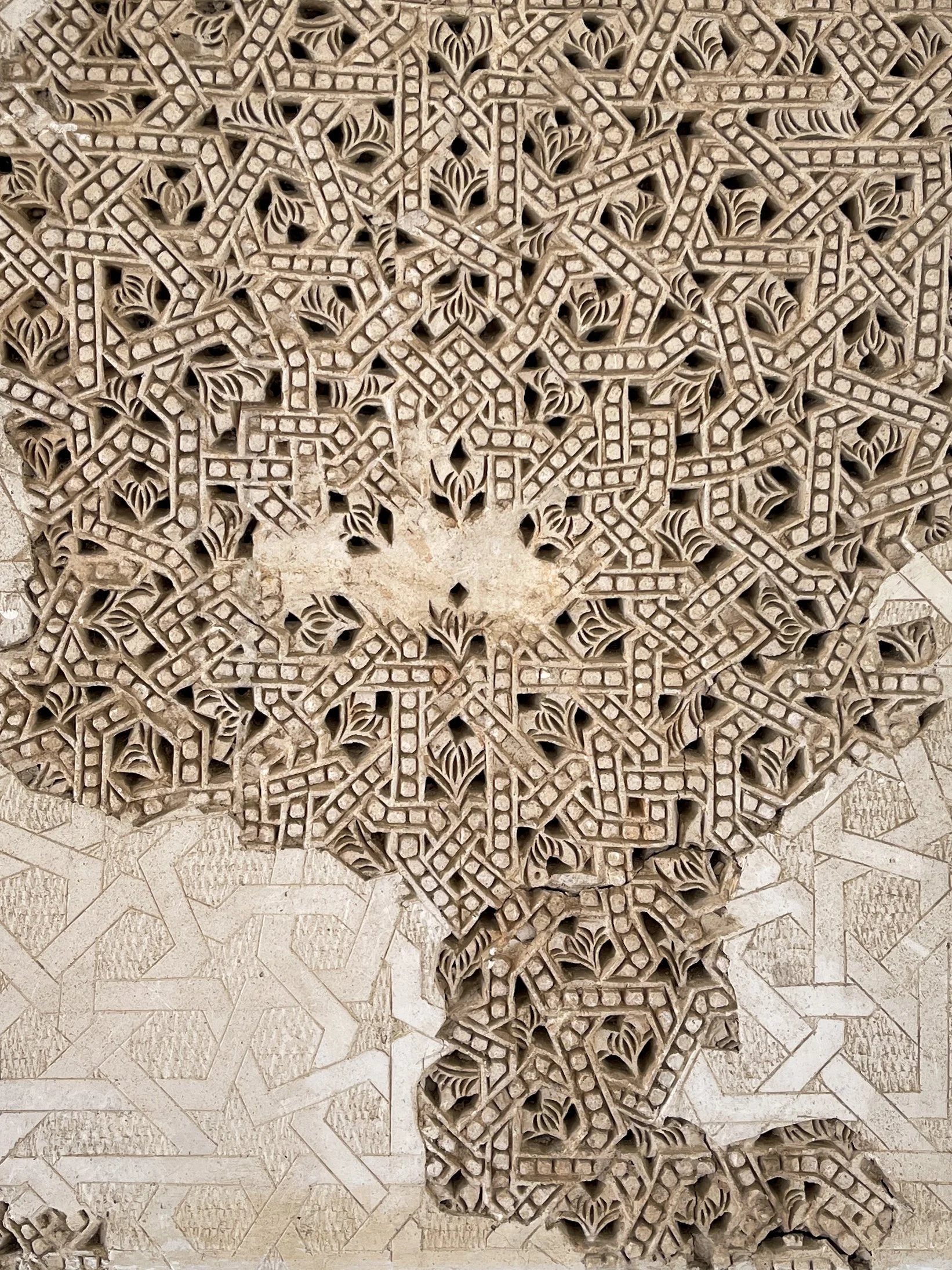Sweet Jesus, they’re good! This once-a-year Spanish Easter treat is soaked in milk or wine, fried to golden perfection, and steeped in centuries of tradition.
Let’s get one thing straight. Torrijas may only show up for a month or so a year in Spain, but they are serious business. And they’ve been showing up for a while — since Roman times, in fact, when they appeared in a cookbook attributed to the glutton Marco Gavio Apicius.
So what is it that makes torrijas so special? Why is it blasphemous to call them French toast? What’s their connection to Easter? And why on earth were they part of a staple diet for expectant mothers?
Torrijas: Spain’s Simple, Sweet Easter Dessert Explained
Torrijas, a simple Spanish dessert, consists of slices of stale bread dipped in milk, egg, honey and cinnamon. Or trade out the egg for sweet wine. Now I’ve got your attention. Once the bread has soaked for a while in this mixture, fry it in hot olive oil. Pack your bags, French toast — torrijas are in town.
If you live in Spain or have visited during Easter, you’ll know what I am talking about. If you don’t, add this to your must-eat list for when you’re next here. Put it high up. And if you can, visit my favorite place in the world for torrijas: Maru Jara in Seville.
You can tell when Easter is just around the corner in Spain from the waft of incense in the streets emerging from church doorways and the faithful’s windows. Another sure sign is the huge queue that forms outside of local bakeries and patisseries, where a different kind of devoted crowd waits in line for their favorite dessert.
Despite the svelte figure that many Spaniards boast, they eat a lot of torrijas. In 2024 alone, Confitería Aparicio in Málaga, who’ve been in business since 1941, sold 80,000 torrijas. You do the math. Like I said, torrijas are no joke.
The History of Torrijas: How They Became a Holy Week Tradition
At the end of the 15th century, torrijas made their way into a Christmas carol, thanks to a Salamanca writer, Juan de la Encina (1468-1533). While the biblical association is still alive and well, shortly thereafter, torrijas swapped out Christmas for Easter.
Devout Catholics abstained from eating meat during Lent, especially during Semana Santa (Holy Week) in the leadup to Resurrection Day. To sweeten the deal, torrijas took center stage, providing the obedient with the energy they needed during this frugal period. Not only did this sustain appetites, but it also used up day-old bread — waste not, want not, as the bible says. In case you needed another reason, eaten with wine, together the two were said to represent the body and blood of Christ. Amen to that, I say.
Torrijas and Childbirth: Their Strange Role in Spanish Medicine
Never mind epidural anaesthesia, back in the 16th century torrijas were just what the doctor ordered. As well as being a staple at Easter, they were dispensed to pregnant women before giving birth since this calorie-packed fare was thought to revitalize energy.
While the custom no longer survives, its legacy lives on in the name. In Galicia, torrijas are known as torradas de parida, and in the Balearic Islands, they’re sopes de partera — both loosely translating to something like “post-childbirth toast,” a nod to the pastry’s former role in postpartum recovery.
Why Torrijas Vanish After Semana Santa
As popular as torrijas are, they don’t stick around for long. Typical desserts that sell all year in bakeries aren’t to be found at Easter, as there’s no time (or space on the shelves) for them. Yet, search for torrijas after Easter Sunday, and you’ll be out of luck.
If you can’t wait that long, you can find torrijas on menus in high-end restaurants year-round. Some chefs dare to make them with fresh bread instead of day-old, trade it out for brioche, stuff them with cream and chocolate, or add a dollop of ice cream, or even worse — a mousse. That’s sacrilegious, if you ask me. I’ll wait til next spring for their resurrection. –Joanne Batten

